Mad about Madagascar
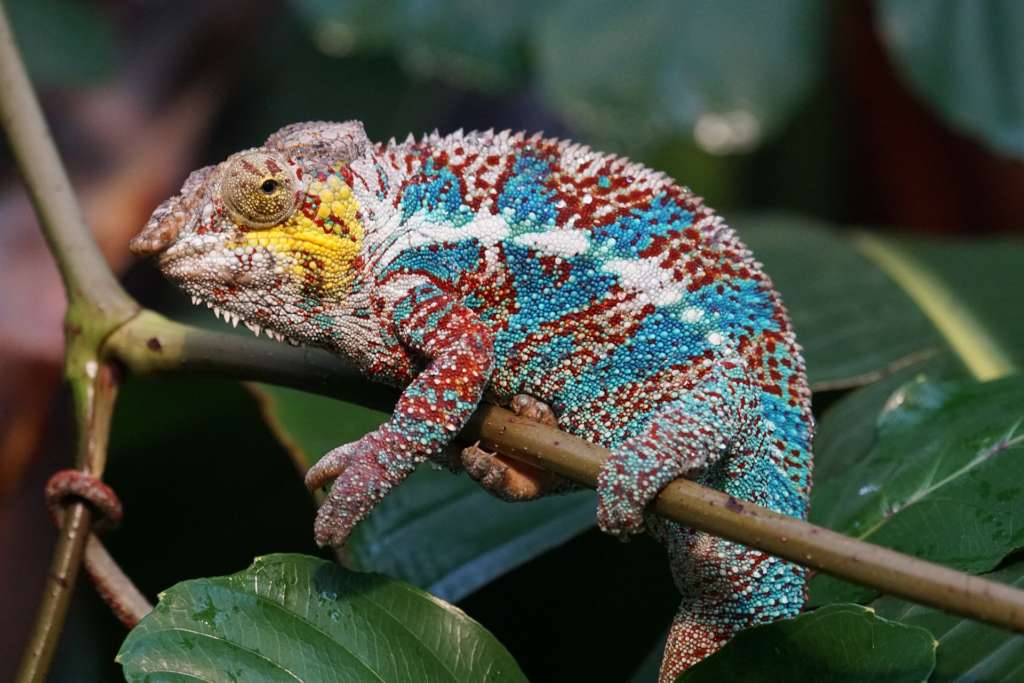
Whether you are just beginning your expedition cruising life, or are deeply entrenched in the immersive experience that is adventure travel, Madagascar is probably on your “to-do” list. If it isn’t then here’s a few reasons why it should be…
Wild About Wildlife
Lemurs, aye-ayes, fossas and all kinds of chameleons and critters are unique to Madagascar. Made famous by the children’s movie “Madagascar” is the lemur. They appear like a cross between a squirrel, dog and cat and have a whopping 30 species. Some are as small as 25 grams (the pygmy lemur) and the biggest weighs up to 12kg (Indri Lemur). For such a famous and beloved creature, it is sad to say that most lemurs are listed as threatened, endangered or critically endangered due to the devastation of their environments.
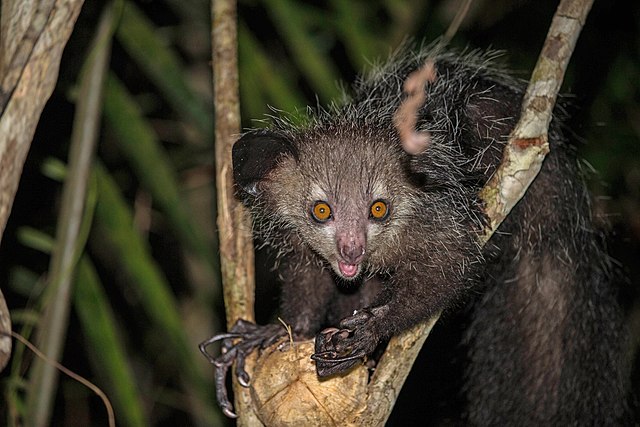
A fossa is similar to a mongoose and resembles a cat and move with agility through trees using their long tails for balance. Today, there is less than 10% of their habitat left on Madagascar which is resulting in a threat to the species. Aye-Ayes are nocturnal primates who hang in the trees of the forest of Madagascar and are also considered endangered. (4)
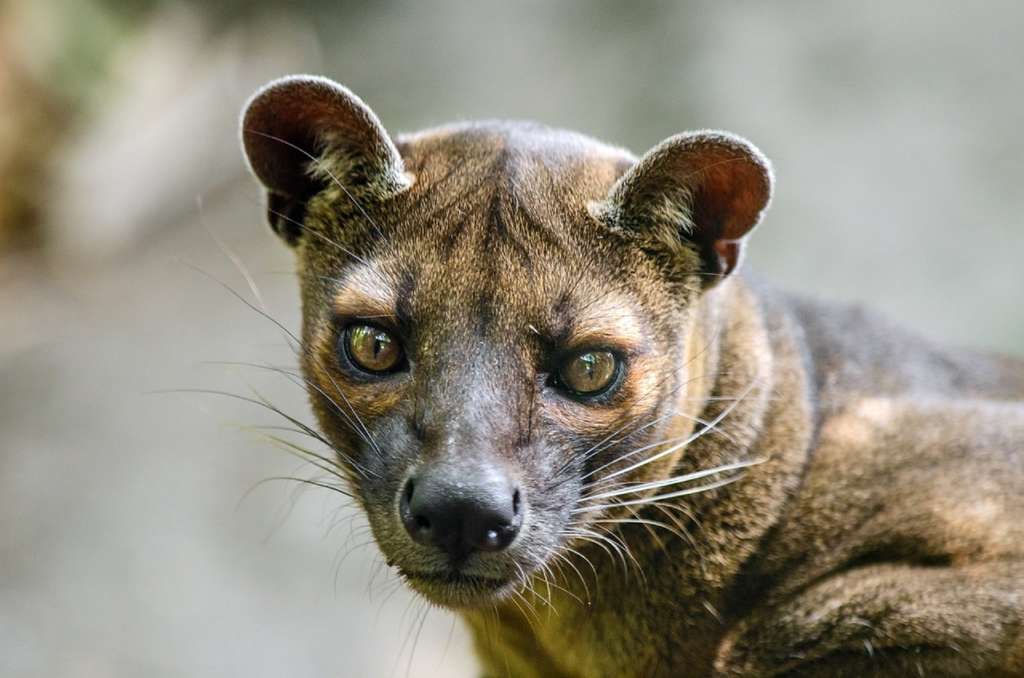
Stunning Scenery
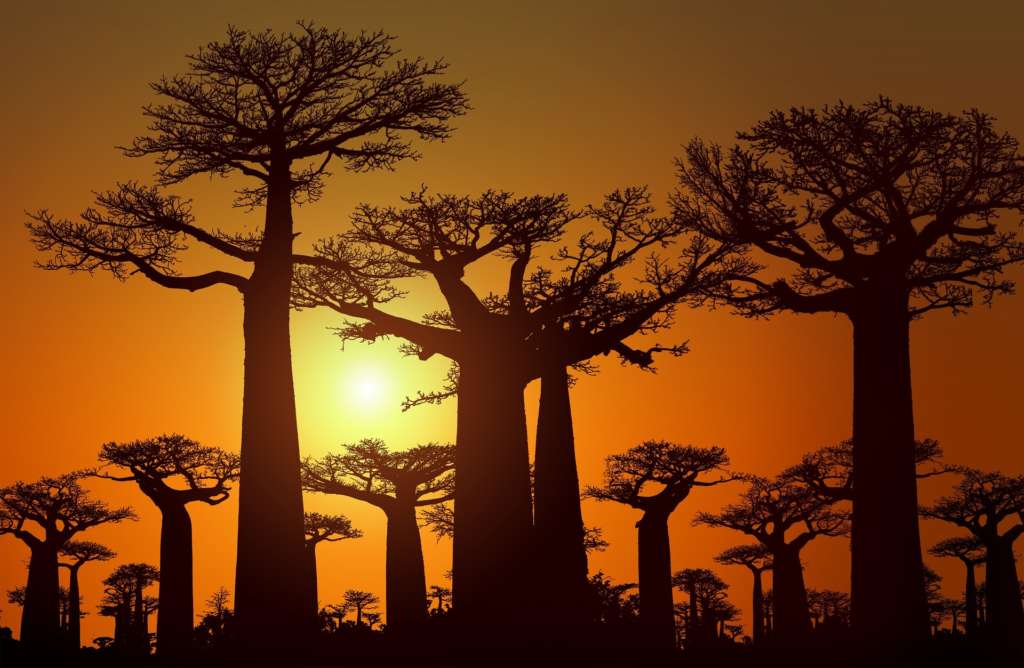
The image of a Boabab forest is one of the most iconic symbols of Madagascar. The Allee des Boababs, is located between Morondava and Belo-sur-Tsiribihina. Some of these trees are estimated to be more than 1000 years old. Their local nickname is “roots of the sky”.(1)
Unique UNESCO sites
Madagascar hosts 3 amazing UNESCO World Heritage Sites. In the Cultural Category is the Royal Hill of Ambohimanga – the monument of the Kingdom of Imerina (1700’s) – the most significant symbol of cultural identity for the Merina ethnic group, where several rulers are buried. (2)
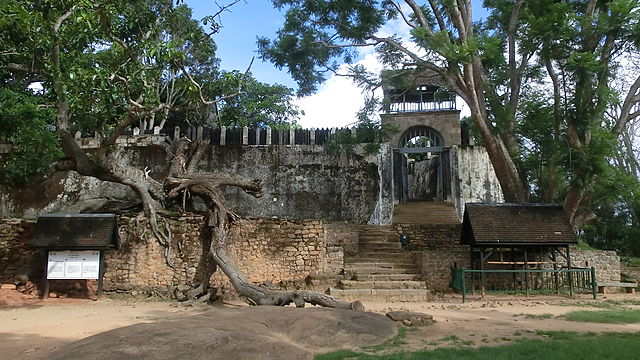
In the Natural Category are two unique biospheres – the Rain Forests of the Atsinanana and the Tsingy de Bemaraha Strict Nature Reserve.
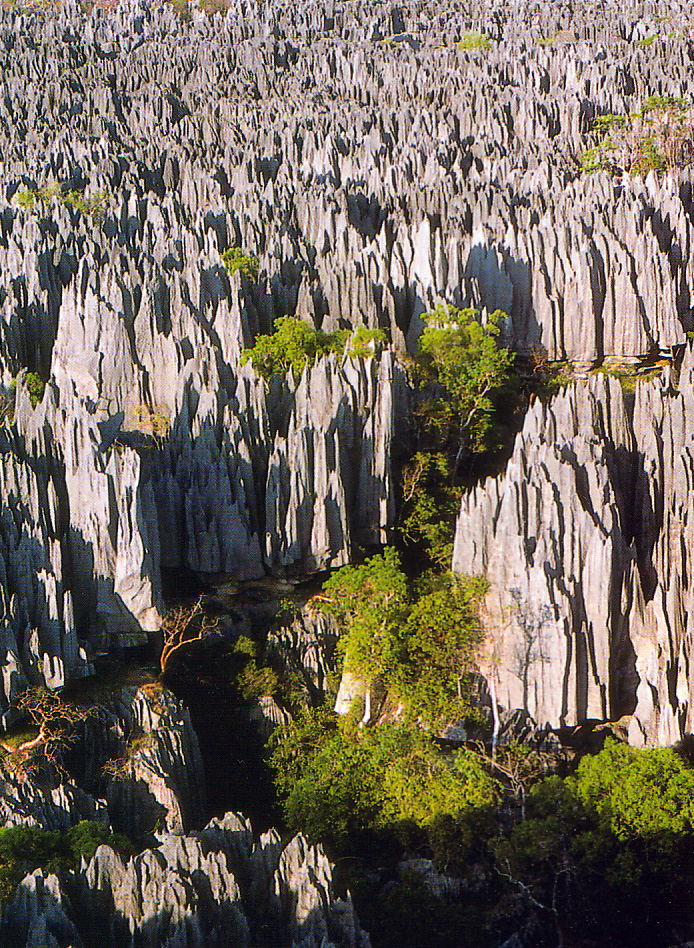
The Tsingy de Bemaraha was Madagascar’s original UNESCO reserve and translates roughly to “cannot walk barefoot”. This spectacular landscape was created from ground water cutting the uplands creating both vertical and horizontal erosion patterns which created needles of limestone. (2) If you have ever watched any of David Attenborough’s excellent documentaries on this forest you will know that it contains totally unique plants and animals that have adapted to their strange environment.
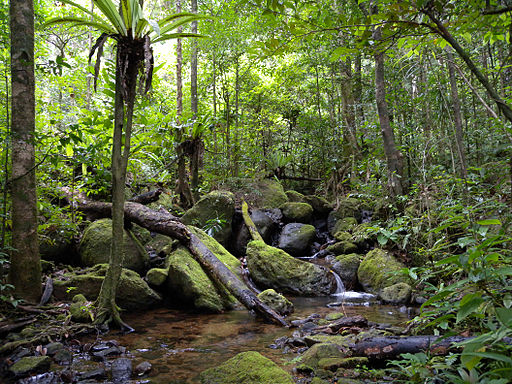
The Atsinana Rainforests UNESCO World Heritage Site is made up of six national parks along the eastern side of Madagascar. They are critically important to maintain the unique ecology of Madagascar’s unique biodiversity and are home to many rare and threatened species – especially primates and lemurs. (3)
For cruises to Madagascar CLICK HERE
- (1) – The Lonely Planet: https://www.lonelyplanet.com/madagascar/attractions/allee-des-baobabs/a/poi-sig/1616841/355357
- (2) – World Atlas: https://www.worldatlas.com/articles/unesco-world-heritage-sites-in-madagascar.html
- (3) – UNESCO.org: https://whc.unesco.org/en/list/1257
- (4) – World Atlas: https://www.worldatlas.com/articles/what-unique-animals-live-in-madagascar.html

